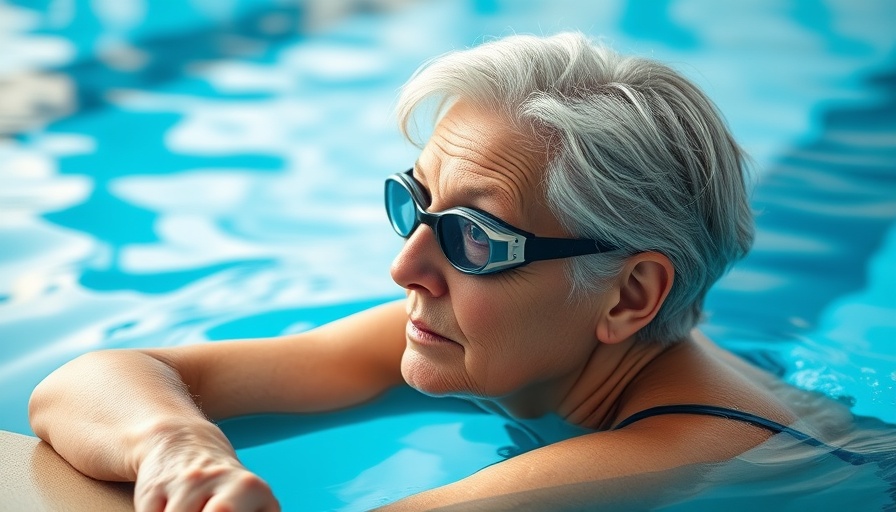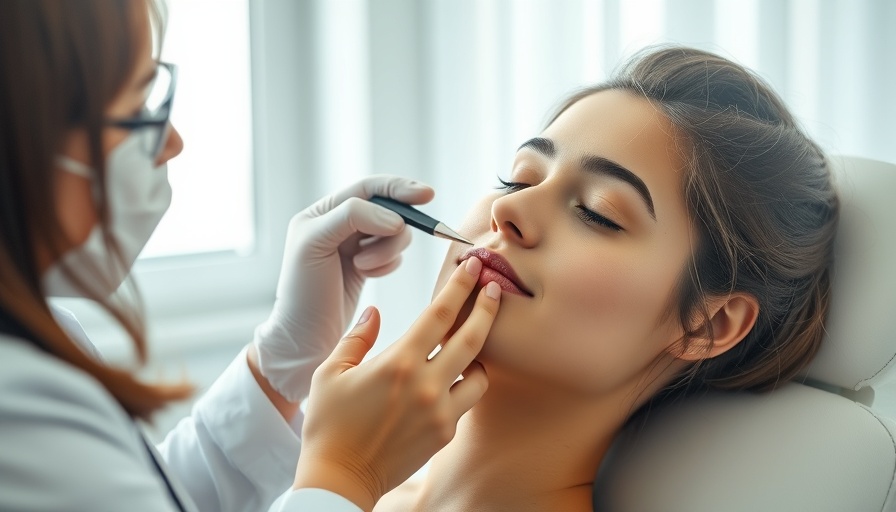
A Deep Dive into Cancer Trends: What the Numbers Tell Us
In a sobering yet enlightening annual report by the American Cancer Society, projections for 2025 estimate over 2 million new cancer diagnoses in the U.S., equating to an alarming average of approximately 5,600 new cases daily. While the statistics are daunting, they come with a silver lining: cancer mortality rates continue to decline, thanks to advances in treatment, early detection, and a reduction in smoking habits.
Understanding the Rising Cancer Rates Among Younger Women
One of the most concerning revelations from the report highlights the rising cancer rates among younger women. Women aged 50 to 64, as well as those under 50, now face higher cancer diagnosis rates compared to their male counterparts. Strikingly, women under 50 are now 82% more likely to be diagnosed with cancer than men in the same age group, a significant increase from just 51% in 2002. This surge is primarily attributed to increases in breast and thyroid cancers, with rising incidence rates of lung and cervical cancers also contributing to this trend.
Among the younger demographic, the lung cancer rates for women have now surpassed those of men, particularly regarding adenocarcinoma—an often aggressive subtype of lung cancer. Alarmingly, as colorectal cancer cases rise among younger adults, the need for awareness and proactive health measures becomes more pressing.
The Factors Contributing to Increased Cancer Incidence
The reasons behind the escalating rates, especially among younger women, are complex and multifaceted. Contributing factors include delayed childbirth and reduced breastfeeding, both of which have been linked to an uptick in breast cancer risk. Additionally, rising alcohol consumption, obesity, and a sedentary lifestyle are becoming increasingly relevant in discussions about cancer risk.
Despite smoking being recognized as a significant risk factor for lung cancer, the rapid rise of lung cancer among young women cannot be solely attributed to smoking habits. Alarming findings reveal that nearly 20% of lung cancer cases among women occur in non-smokers, indicating that other environmental or genetic factors might be at play. Research into BRCA gene mutations, modern dietary habits, and exposure to environmental toxins points to a need for further investigation and understanding.
The Ongoing Battle Against Racial & Ethnic Disparities in Cancer
While the overall cancer mortality rates are declining, stark disparities remain among racial and ethnic groups. For example, Alaskan and American Indians display the highest cancer mortality rates in the United States. Furthermore, the Black population continues to experience significant challenges regarding cancer prevalence and survival rates. The persistence of these disparities underscores the crucial need for targeted health initiatives and education within vulnerable communities.
Making Sense of the Statistics: A Call for Action
The insights drawn from the American Cancer Society's report serve as a powerful reminder of the collective effort required to understand, prevent, and treat cancer. Furthermore, individuals are encouraged to take proactive steps in their health, such as regular screenings, informed lifestyle choices, and community engagement in health education.
As we strive for a future where cancer mortality continues to decrease, let’s amplify our efforts in grassroots health initiatives and robust community support that brings forth hope and knowledge to those at risk. Understanding these trends is essential for fostering awareness, advocacy, and ultimately, change in our collective health landscape.
 Add Row
Add Row  Add
Add 





Write A Comment